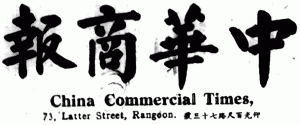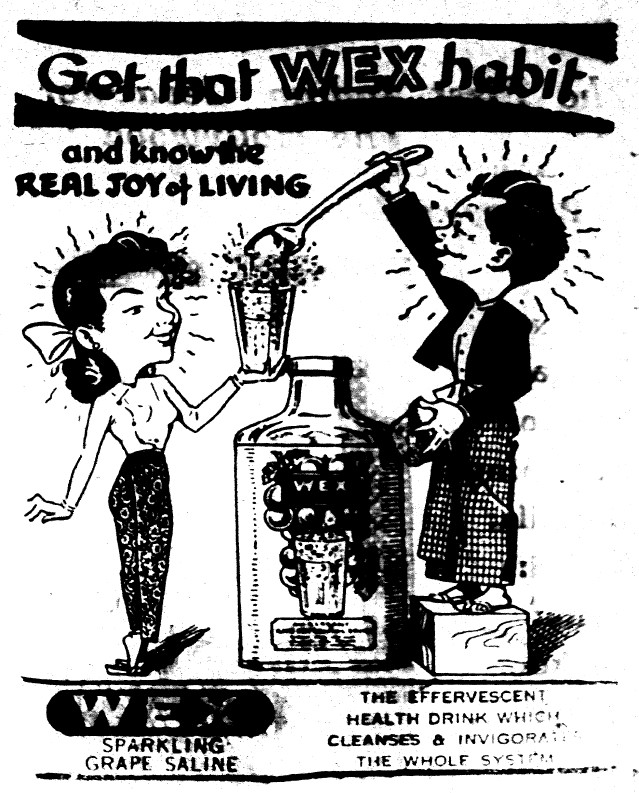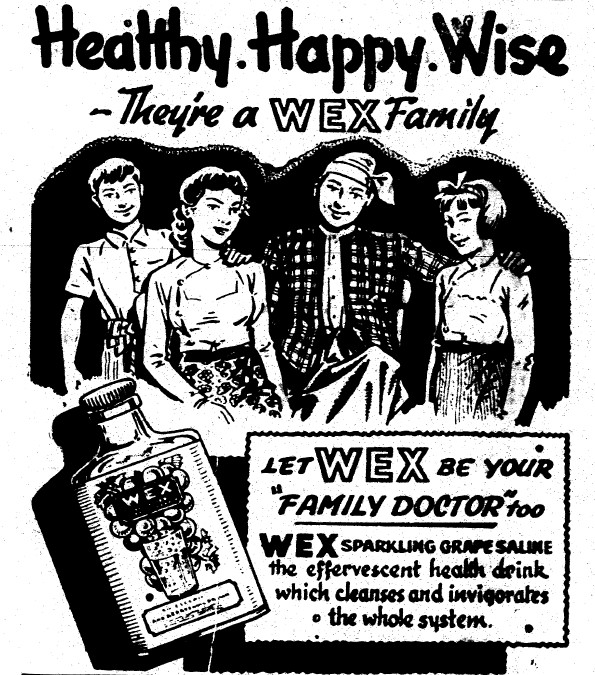Oh it must have been great to live in Malaysia in the early 1970s and to find out that “The Imp is here!!!”
Was everybody a really talking about the new Hillman Imp De Luxe?
Of course they were. After all, it could accelerate from 0-50 mph in 14.9 seconds (varooooom!!!!!). It hugged the road and whipped gracefully around corners. And even better, it could turn in a tight circle and park in a tiny space.
But best of all, it had large stowage pockets! Oh yea!! Go Imp!!!
If, however, you were looking for something even more impressive, then you could try out “new comfort” and “new glamour” in the Morris Mini Minor Super 850. It was “Malaya’s most challenging car!!!” (huh???)
I’m not sure what was so “challenging” about the car. It looks like it was pretty slick. It had an “amazingly spacious interior, with new, splendid furnishings – new-design seats – new attractive appointments everywhere.”
In other words, it was “the perfect car for the fastidious – for the family which likes Mini-Motoring in maximum luxury.”
Well that clearly must have applied to the “fastidious” Chinese couple in the picture. But I don’t think everyone on the road in Malaysia in the early 1970s had the means to look as sharp as that couple, or to afford a new car.
For such people, however, there was still hope that they could look cool in their own way. After all, such people could still cruise around on one of these “appealing” babies – a 50cc Suzuki. (roarrrrrrrr!!!!!!!)
































